Cart
Pediatric Advanced Life Support (PALS): A Comprehensive Guide
PALS Algorithm Cheat Sheet
Pediatric Advanced Life Support (PALS) is a critical skill set for healthcare providers who respond to emergencies in infants and children. This includes personnel in emergency response, emergency medicine, intensive care, and critical care units. This comprehensive guide aims to provide an overview of PALS, its importance, and a simplified cheat sheet for quick reference during emergencies.
Understanding PALS
PALS is a series of protocols and procedures designed to manage critically ill pediatric patients, particularly those in cardiopulmonary arrest. The American Heart Association (AHA) developed PALS to provide a systematic approach to pediatric assessment, basic life support, PALS treatment algorithms, and effective resuscitation team dynamics. PALS is based on a series of simulated pediatric emergencies to reinforce the important concepts of a systematic approach to pediatric assessment, basic life support, PALS treatment algorithms, effective resuscitation, and team dynamics. The goal of PALS is to improve the quality of care provided to seriously ill or injured children, resulting in improved outcomes.
Importance of PALS
PALS is crucial because it provides healthcare providers with the knowledge and skills necessary to promptly recognize and intervene in cardiopulmonary emergencies to increase the survival rates of pediatric patients. It emphasizes the importance of high-quality CPR and offers a structured team approach to the management of pediatric emergencies. The importance of PALS extends beyond emergency medical personnel and is beneficial for physicians, nurses, and paramedics, among others. It equips them with the skills and knowledge needed to make critical decisions in high-pressure situations, which can ultimately lead to better outcomes for the child involved.
PALS Cheat Sheet
While it’s essential to undergo formal PALS training, having a cheat sheet can be a handy tool for quick reference during emergencies.
Here’s a simplified PALS cheat sheet:
- 1. Initial Assessment: Check the child’s responsiveness, breathing, and pulse. If the child is unresponsive, not breathing, or has no pulse, start CPR immediately.
- 2. CPR: Begin with chest compressions at a rate of 100-120 per minute. After 30 compressions, give two rescue breaths. Continue the cycle.
- 3. AED/Defibrillator: Use an AED or defibrillator as soon as it’s available. If the rhythm is shockable (Ventricular Fibrillation or Pulseless Ventricular Tachycardia), deliver one shock and resume CPR immediately.
- 4. Medications: Administer epinephrine as soon as possible and repeat every 3-5 minutes. Consider administering amiodarone if the rhythm is shockable and CPR, defibrillation, and epinephrine have not worked.
- 5. Post-Cardiac Arrest Care: Once the child’s pulse returns, begin post-cardiac arrest care. This includes optimizing ventilation and oxygenation, treating hypotension, and considering therapeutic hypothermia.
- 6. Special Considerations: Always consider reversible causes of cardiac arrest and address them. These include hypovolemia, hypoxia, hydrogen ion (acidosis), hypo/hyperkalemia, hypothermia, toxins, tamponade (cardiac), tension pneumothorax, thrombosis (coronary and pulmonary), and trauma.
PALS is a vital skill set for healthcare providers dealing with pediatric emergencies. It provides a structured approach to the assessment and management of critically ill pediatric patients, increasing their chances of survival. While a PALS cheat sheet can be a useful tool for quick reference, it’s crucial to undergo formal PALS training to fully understand and effectively apply these life-saving procedures. Remember, in pediatric emergencies, every second counts, and having the right knowledge and skills can make all the difference. By investing time and effort in mastering PALS, healthcare providers not only enhance their professional skills but also contribute to a safer and more responsive healthcare environment for our children. The knowledge and skills gained from PALS training can be applied in various settings, from the emergency room to the pediatric ward, and even in out-of-hospital situations. In the end, the ultimate goal is to save lives and improve the quality of pediatric emergency care.
If you are interested in scheduling a PALS course with us please see the link for more information PALS course
